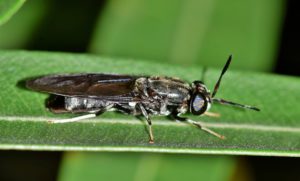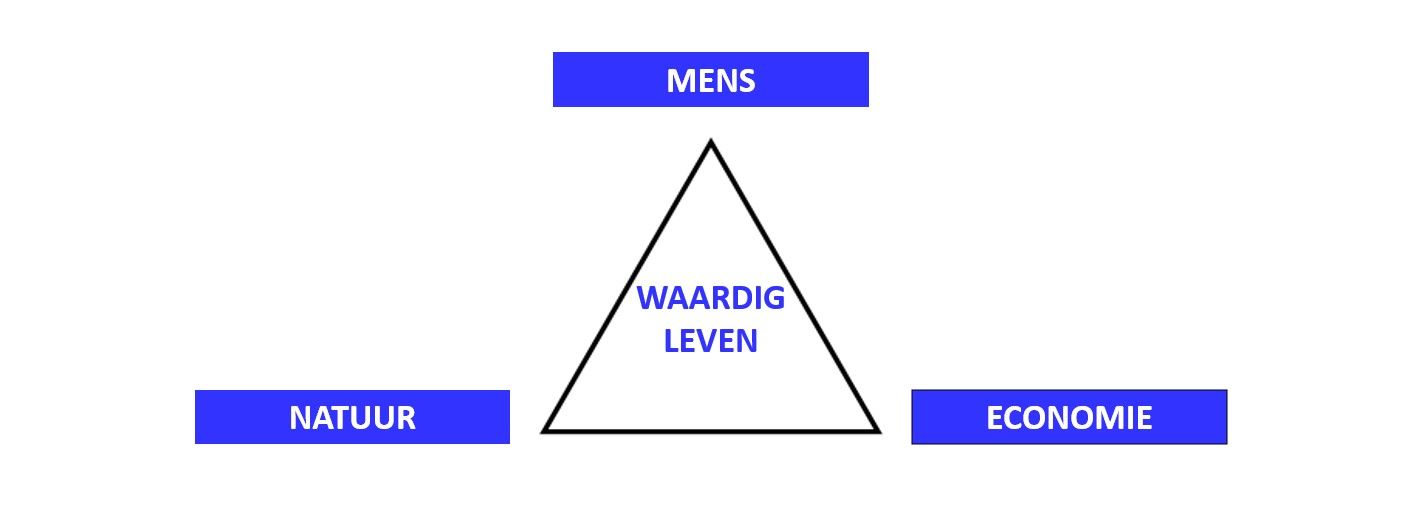Insect fat: could it replace butter in cakes and cookies?
Something weird is going on
The fear and revulsion you may feel towards insects was probably instilled in you when you were very young, but the feeling is now beginning to dissipate. The thought of holding a grasshopper, a praying mantis, or a caterpillar no longer puts you off. More so even, if you are researching entomophagy, even the idea of eating bugs is becoming more acceptable. It is surprising how easily fear and disgust can be overcome if you really think about what actually causes your negative reactions. Insects are touted for their nutritional benefits and low environmental footprint. Quite a few varieties, including crickets, grasshoppers and mealworms, are high in protein, fat and fibre, as well as minerals such as calcium, iron, and phosphorus. Some people even say they are very tasty. For all their seemingly good qualities, many Western consumers are still not keen to include edible insects as part of their diet. Not all consumers however find insects disgusting and several start-ups and social entrepreneurs have identified this opportunity in the market [Videbæk & Grunert 2020].
Most successful product launches would probably use insects as ingredients
Quite a few studies have already shown that our acceptance of food with insects increases with decreasing insect visibility. Scientists at Gent University now also believe that boosting the development of insect ingredients will significantly increase their consumption. They surveyed reactions to cakes, cookies, and waffles containing an ingredient made from insect fat [Delicato et al. 2020].

Black Soldier Fly larvae fat (BSF LF) contains about 70 % saturated fatty acids, with lauric acid accounting for more than 40 %. Lauric acid or dodecanoic acid is a medium-length long-chain fatty acid. BSF LF is solid at room temperature and more digestible than long chain fatty acids. It also prevents the growth of several gram-positive bacteria, fungi and viruses [Dayrit 2015]. As is he case with high quality farm butter, BSF LF is thought to enhance baked goods in terms of tenderness, mouthfeel, and gluten structure reduction.
Functionality, sensory perception and acceptance of BSF LF in bakery products has to be explored
Sensory and emotional profiling, willingness to pay, liking and product preference were examined by a total of 344 respondents for cakes, cookies, and waffles. Each of the bakery products was respectively formulated with 0 %, 25 % and 50 % BSF LF. According to the research findings, BSF LF can replace 25 % of butter in these bakery products without changing the overall food experience and liking. In waffles – and potentially in a few other bakery products with direct heat content – up to 50 % could be substituted without affecting consumer acceptance. However, formulations with 50 % BSF LF were associated with sensory challenges. It was observed that off-flavour, rancid aroma, rancid taste and bad aftertaste were more closely related to the formulation with 50 % BSF LF. A higher percentage of BSF LF in food could possibly be achieved using refined BSF LF. Regarding texture and colour, the investigation by Delicato et al. [2020] found they were hardly affected. This indicates that BSF LF provides a similar structure and functionality to butter when used in bakery products. To include insect fats in bakery products could lower the barriers for consumers to include insect-based foods in the rest of their diet. Incidentally, there are already plenty of examples: butter cookies based on ground beetles [Tan et al. 2015], tortilla made with cricket flour [Gmuer et al. 2016], beef stew and brownies with not visible mealworms added [Tan et al. 2016], and many more.
So what do we think about the safety of insect-based food products?
Farmed insects as well as parts of insects for food fall under the definition of novel food in the EU. This means that insect products require pre-market authorisation from the European Food Safety Authority. Authorisation is dependent on the completion of a full scientific dossier demonstrating that the novel food is safe. Even if none has yet been approved, a number of applications is currently under review, including an application for black soldier fly meal [Southey 2020]. Insect meal and insect lipids are two different products, meaning that they require different safety evaluations. One of the main differences is related to allergenicity, since allergies are predominantly caused by proteins, which are present in meal. This risk of allergenicity of lipids is very low, since only traces of protein are present in crude oils and fats. Moreover, the risk completely disappears in refined lipids.
Does the idea of eating insects bug you?
Think about it: the United Nations predicts that, if current trends continue, the world’s population will reach ~9.8 billion by 2050. As a result, global demand for food and feed is expected to increase by 70 %, putting additional pressure on already overexploited agricultural resources. Global demand for meat in particular will continue to increase as dietary habits in developing countries change, due to rapid urbanisation and economic growth. Moreover, the oceans are already overfished and climate change will have a profound impact on food production. Meanwhile, nearly one billion people worldwide suffer from chronic food deprivation. So not to do anything is simply not an option. Among the possible solutions, one is slowly catching the public’s attention: eating insects.
References
Dayrit [2015]. The properties of lauric acid and their significance in coconut oil, Journal of the
American Oil Chemists' Society 92, 1, 1 – 15
Delicato et al. [2020]. Consumers’ perception of bakery products with insect fat as partial butter
replacement, Food Quality and Preference 79, 103755, pp. 9
Gmuer et al. [2016]. Effects of the degree of processing of insect ingredients in snacks on expected
emotional experiences and willingness to eat, Food Quality and Preference 54, 117 – 127
Southey [2020]. Insect fat the new butter replacement? Researchers see potential in bakery
products, available on https://www.foodnavigator.com/
Tan et al. [2015]. Insects as food: Exploring cultural exposure and individual experience as
determinants of acceptance, Food Quality and Preference 42, 78 – 89
Tan et al. [2016]. The influence of product preparation, familiarity and individual traits on the
consumer acceptance of insects as food, Food Quality and Preference 52, 222 – 231
Videbæk & Grunert [2020]. Disgusting or Delicious? Examining Attitudinal Ambivalence towards
Entomophagy among Danish Consumers, Food Quality and Preference 103913, pp. 12
